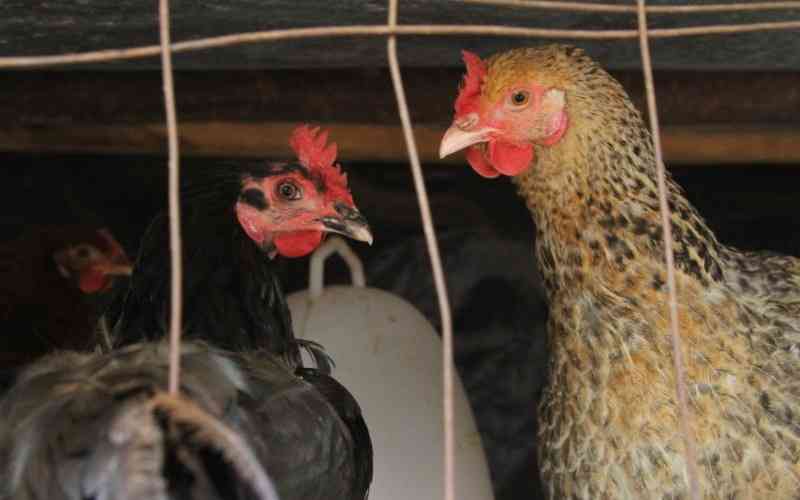×
The Standard e-Paper
Kenya's Bold Newspaper

[David Njaaga, Standard]
Chicken farmers are reporting a return of Fowl pox, a disease whose symptoms include the development of skin lesions, warts or blisters or growths around the head, mouth, upper respiratory tract, on the skin and the legs.